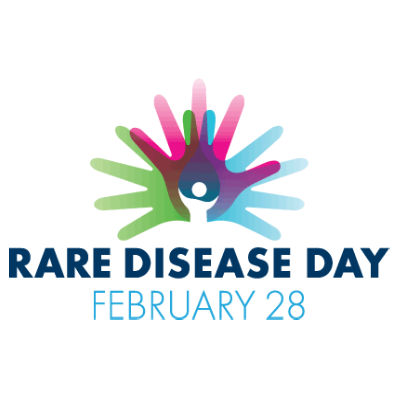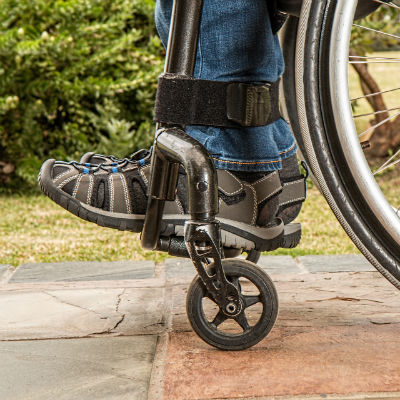Full name: Nancy Harris Bonk City & state: Buffalo, NY Age: 56 Pain warrior role: U.S. Pain advocate since 2014...


Full name: Nancy Harris Bonk City & state: Buffalo, NY Age: 56 Pain warrior role: U.S. Pain advocate since 2014...

The National Organization of Rare Disorders’ (NORD) yearly Rare Disease Day will be observed on Feb. 28, 2019. Rare...

Social Security Disability Insurance (SSDI) can be a lifeline for individuals who are disabled by chronic pain. If...
A new video about the Pediatric Pain Warrior retreat in Disney World is now available. Held last November, the weekend...
Navigating school systems on your child's behalf can be overwhelming and confusing. On Jan. 28 at 12 pm EST, the...
On Jan. 31, U.S. Pain Foundation's Advocacy Network will host a free training session for existing advocates and...
Most 16 year olds are focused on their cellphones and televisions. But not 16-year-old Tyler Cashman, of Tewksbury,...
A high-ranking federal task force has released its much-anticipated draft report with recommendations for improving...
By Brent Wells, DC, a chiropractor and founder of Better Health Chiropractic in Anchorage If your child feels tired...
It can seem, sometimes, like the federal government is weighing in on pain care without understanding what patients go...
Update: As of January 4, 2019, U.S. Pain’s charitable solicitation registration was renewed by the Connecticut...
A message from interim CEO Nicole Hemmenway. Dear pain warriors, As many of you know, 2018 was a challenging year for...